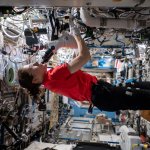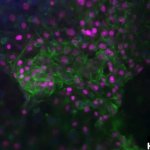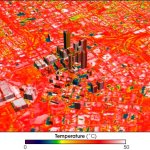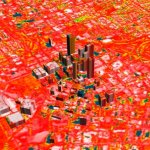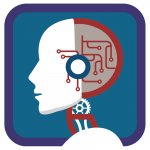
News • Microgravity-accelerated degeneration
Muscle tissue in space gives new insights on sarcopenia
Muscle tissue undergoes specific changes in space due to the absence of gravity. Investigating these changes opens opportunities for studying sarcopenia, which takes decades to develop on earth.



